Here we are going to look at top 10 scary space images.
This is an image of a planet named Fomalhaunt b orbiting a star. In 2008, NASA said this is the first visible snapshot of a planet orbiting a star.
This is known as The black widow nebula, and it looks like a red space spider.
This is an image of interstellar gas and dust (SH2-136). This nebula is 1200 light years away
This image was taken by the chandra x-ray telescope. This is the image of perseus cluster. There are thousands of galaxies in this cluster, but this image instead of seeing the galaxy we only see very hot intercluster gas which itself out weighs all the galaxies combined. From this angle the bring spots and the void give this creepy look.
This is an image of Hourglass nebula
10
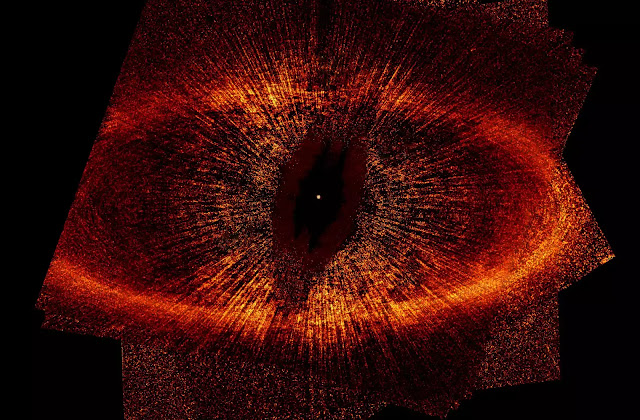 |
| Credit: NASA, ESA, P. Kalas and J. Graham (University of California, Berkeley), and M. Clampin (NASA's Goddard Space Flight Center) |
This is an image of a planet named Fomalhaunt b orbiting a star. In 2008, NASA said this is the first visible snapshot of a planet orbiting a star.
To find answers to 5 most asked science question click here.
9
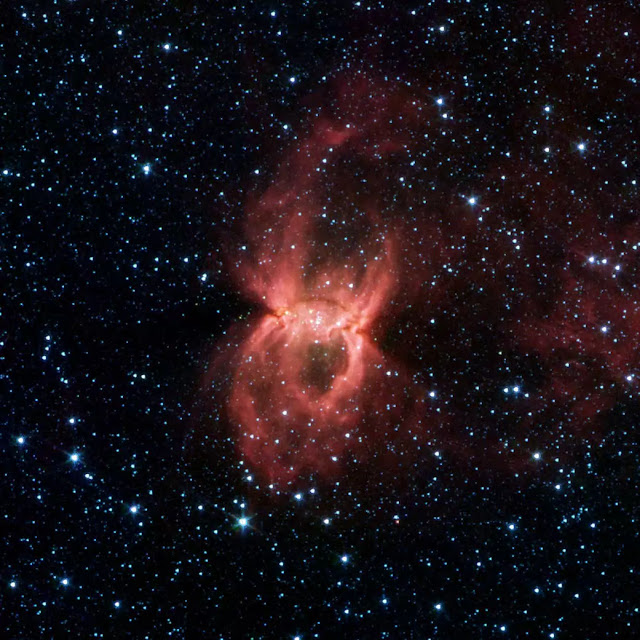 |
| Image credit: NASA/JPL-Caltech/Univ. of Wisc. |
This is known as The black widow nebula, and it looks like a red space spider.
8
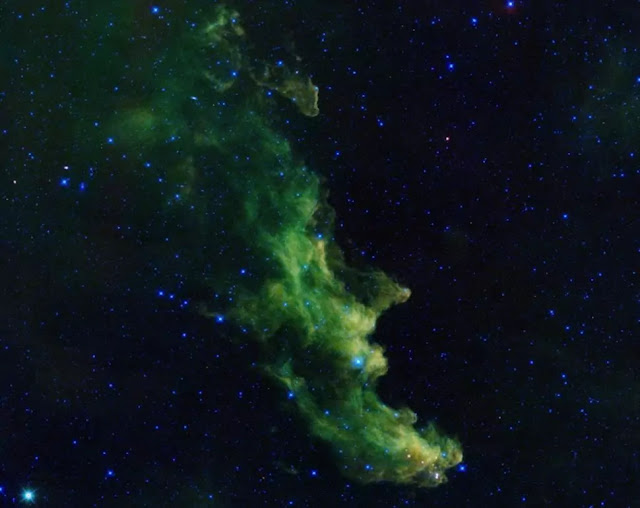 |
| NASA/JPL-Caltech |
This nebula is known as witch head nebula. It lies in the Orion constellation. It is about 900 light-years away.
7
This is a radar image of asteroid 2015 TB145, a dead comet
6
If you think you can beat the average score in astrophysics quiz (12/20) then click here.
5
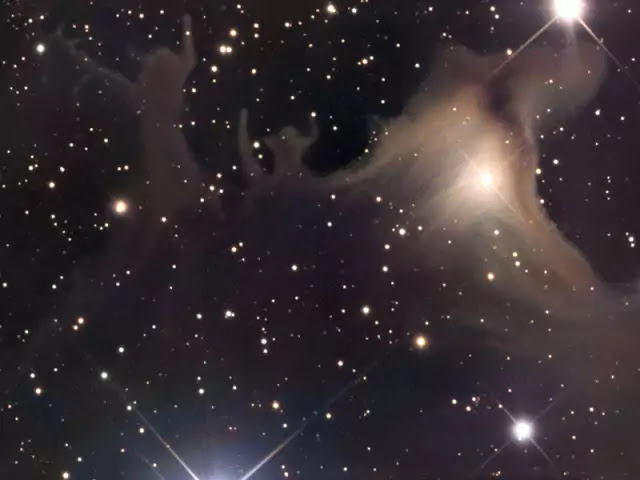 |
Credit: Adam Block, NOAO, AURA, NSF (CC BY 2.0) |
This is an image of interstellar gas and dust (SH2-136). This nebula is 1200 light years away
4
 | |
|
| This image is from Hubble space telescope. This image shows 2 galaxies in the middle of a head on head collision. It is expected that they will be colliding in 1-2 billion years. |
3
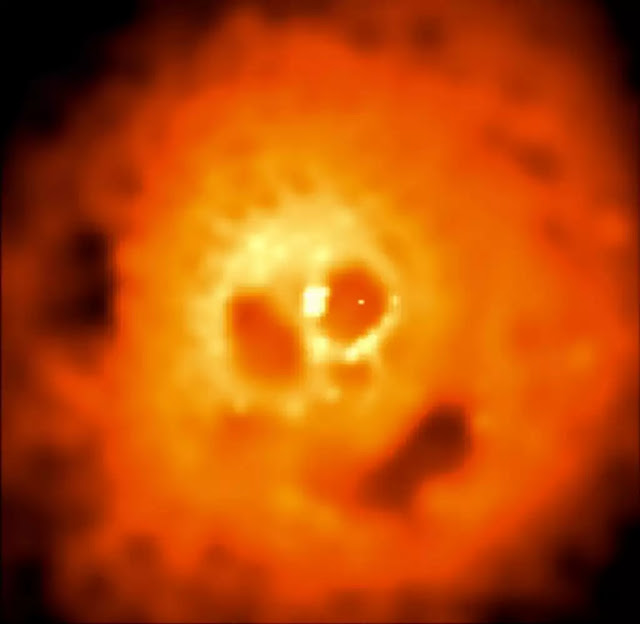 |
| The Perseus Cluster's X-Ray Skull Credit: A. Fabian (IoA Cambridge) et al., NASA |
This image was taken by the chandra x-ray telescope. This is the image of perseus cluster. There are thousands of galaxies in this cluster, but this image instead of seeing the galaxy we only see very hot intercluster gas which itself out weighs all the galaxies combined. From this angle the bring spots and the void give this creepy look.
2
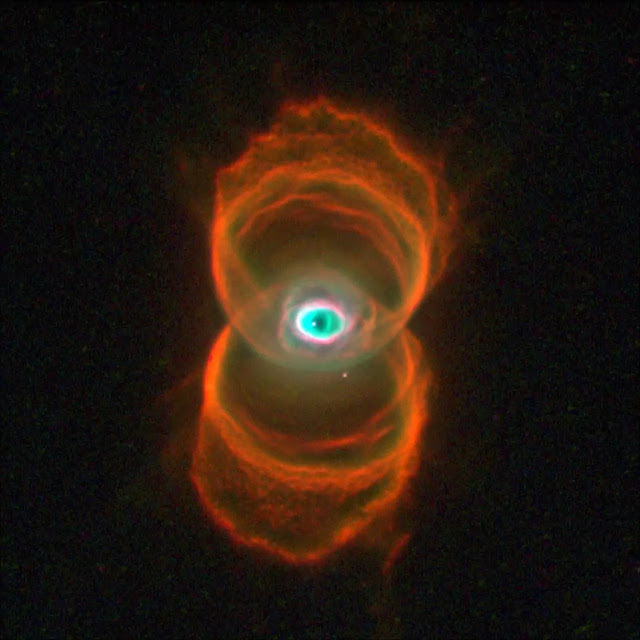 |
| Image credit: NASA/JPL-Caltech/ESA, the Hubble Heritage Team (STScI/AURA) |
This is an image of Hourglass nebula
1
In this image is a mix of two images taken in extreme UV spectrum. This was taken in 2014 when the sun was in solar maximum (most active time of sun, more sun spot). In this image, the smile and eyes are a result of active regions of the sun.
Do u struggle to achieve you goals, then check out my blog on how to achieve your goals easily.
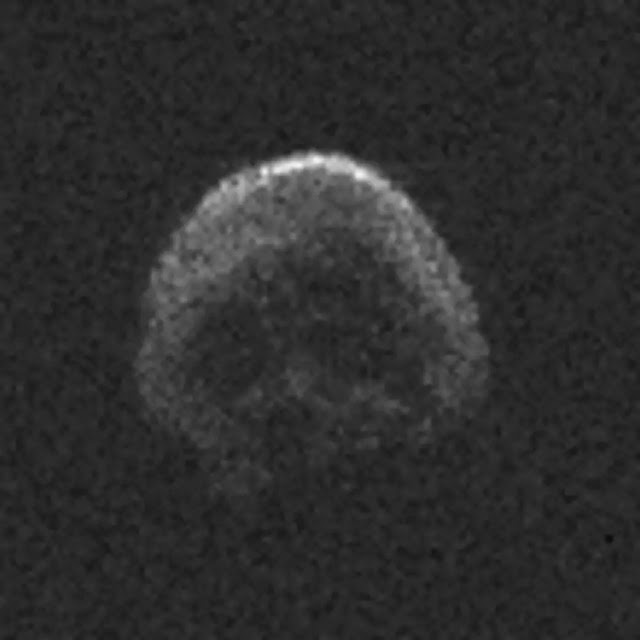
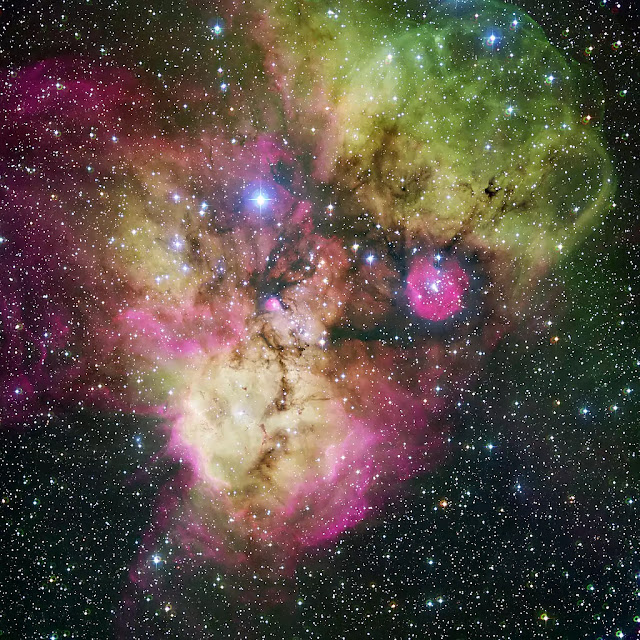
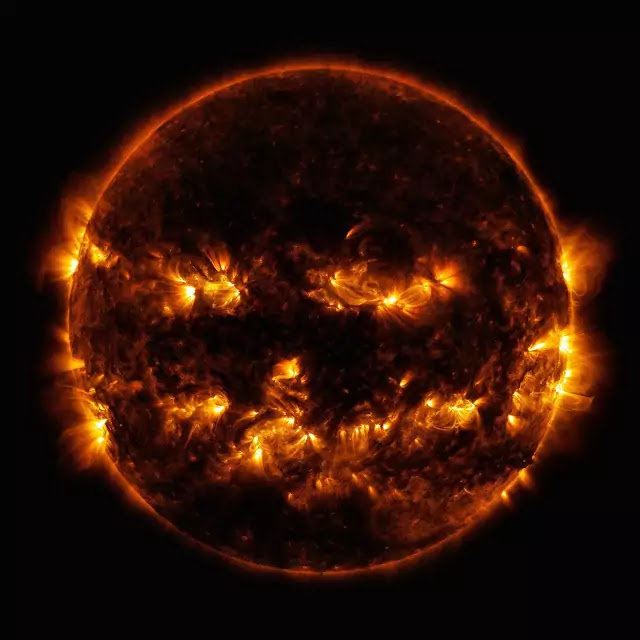
☺️🙏🏼
ReplyDeleteI really like the images and your work .. 👍
ReplyDelete